
Prep Your Pup Now To Deal With Separation Down The Road
6 tips to help prevent separation issues when you return to out-of-home routines
Over the next few weeks and months—the timeline will vary depending on where you live and your personal circumstances—a return to pre-COVID-19 routines will gradually start to take shape.
After being together 24/7 for weeks, our furry four-legged friends have become accustomed to our constant companionship.

While most of us are eagerly awaiting the opportunity to go back to work or school, a sudden shift back to our "normal" home-work-life routine may cause isolation distress, or the more rare and upsetting, separation anxiety.
That’s because dogs thrive on structure—and when their routine is disturbed, issues may appear.
According to certified dog trainer Heather Gutshall, separation and isolation distress can take on many forms, including destructive behaviors, pottying in the house, excessive vocalization, drooling, pacing, panting, and escape attempts.

6 Ways To Prevent Isolation Stress
As your household transitions back to the "old norm" of being gone for long periods of time during the day, even if this won’t take place for weeks or months, you can set your pooch up for separation success by adopting these calming strategies now:
1. Practice being apart
Do this by regularly leaving the room and going to an area where your dog can’t see or hear you. This can be another room in your home, your front yard, or your backyard.
2. Leave your home via the door you will leave for work
Make sure all members of the household exit through that door with you. If you leave anyone behind—you aren’t practicing separation properly.

3. Return to the crate
If your dog is crate trained, but you haven’t been using it while you’ve been home, begin to reintroduce it with positive rewards, while you ARE still home. Leave the crate door open and offer your pup her meal or a yummy long-term treat inside her safe space.
4. Introduce long-term mental stimulation treats
Fill a hollow, BPA-free dog toy with something irresistible and freeze it. Fillers last longer this way, and the longer your pup is concentrated on working the goods out of that toy, the more she is using her brain and inducing a calm state. You can even deliver her breakfast this way—just add a little water and freeze overnight.
5. Identify your dog’s trigger and practice counter conditioning
Is your dog calm until you grab your keys and she hears them jingle? If so, start to sporadically pick them up and move them throughout the house without you actually leaving. Then begin taking the keys and walking out the front door. Switching it up will help your pup to no longer associate you grabbing your keys with leaving the house. This is called counter conditioning. Other triggers can include getting up early, putting your shoes on, showering, etc.—any pattern that your dog can associate with leaving.
6. Consider all-natural calming products
All-natural calming products may be used in conjunction with the lifestyle points listed above to help your dog be more relaxed through this transition. These types of products may help support a calm state of mind but should not be relied on as the only method you use as they are not teaching your dog how to be calm and confident in your absence.
Set Your Dog Up for Separation Success Now
Gutshall also recommends practicing "impulse control activities" to help teach your dog to tolerate mild frustration.
“Discourage any unhealthy attachment, including the need to be touching you at all times and ‘velcro’ behavior,” says Gutshall.
"Just before you return to work, consider eliminating access to furniture and beds to help your dog detach, if needed. Maintain a sense of calm around arrivals and departures. Use a crate, baby gate, or tether if there is a risk of destruction or ingestion of inappropriate items."

If nothing else—do NOT spend 100 percent of your time with your dog. We may want to, but it’s only going to make the transition back to work that much more difficult for your pup.
For those pet parents who have a dog that has exhibited separation anxiety in the past and has successfully worked through it, know that a relapse is possible. Consider working remotely with a Positive Certified Trainer or Certified Canine Behavior Consultant to help your dog successfully navigate this disruption.
"If your dog is in a state of panic when you leave, and is experiencing physiological responses, it’s time to seek professional help," advises Gutshall.
Johnna Devereaux is a Clinical Pet Nutritionist and canine wellness expert. She is the Chief Nutrition Officer for Bow Wow Labs.
Heather Gutshall, ACDBC, CPDT-KA, is a dog trainer and behavior consultant at Outbound Hounds. She uses fear-free and force-free techniques when working with her clients, which include puppies and dogs of all ages, rescues, dogs from breeders, and those with behavior challenges.
This article is for informational purposes only. It is not, nor is it intended to be, a substitute for professional medical advice, diagnosis, or treatment and should never be relied upon for specific medical advice.
Related Resources
You Might Also Like:
Related Articles
Follow us @BowWowLabs
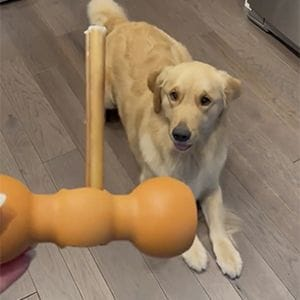
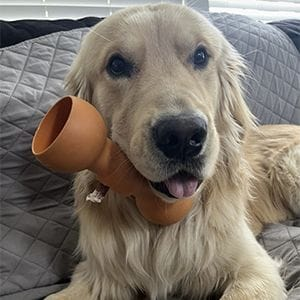
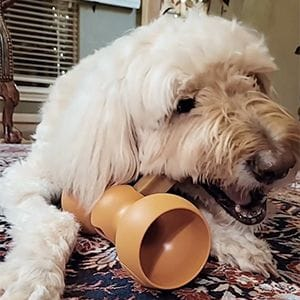

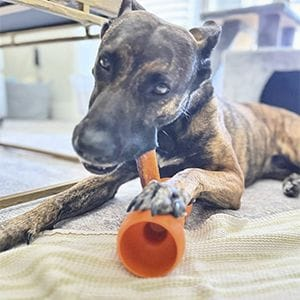

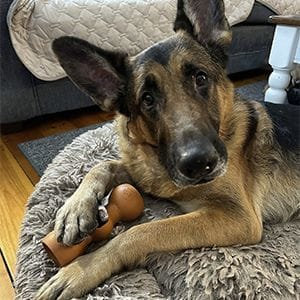


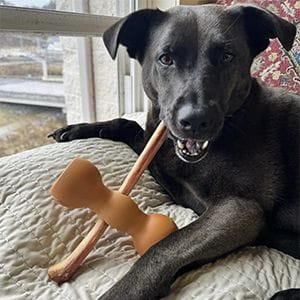
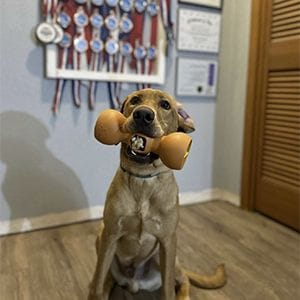


Sign Up to Our Newsletter!
Appeared In















